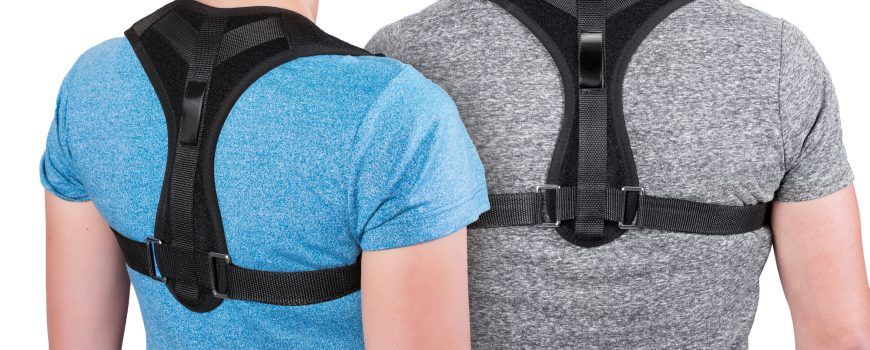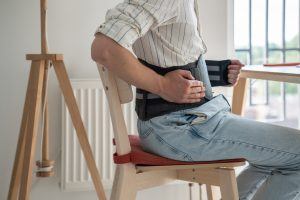
Do Posture Braces Work? Or Am I Better to Strengthen My Posture?

Good posture is the foundation of a healthy body and mind. It impacts our breathing, digestion, and even our confidence. Additionally, poor posture can contribute to increased pain, impacting how we feel and our overall enjoyment of our daily lives.
However, if you’re struggling with maintaining a good posture, know you aren’t alone. With the general population adopting a more sedentary lifestyle, bad posture is easy to come by. Many of us spend hours hunched over our desks or computer screens. We round our backs and scroll through our phones. It’s safe to say that our modern lifestyle doesn’t necessarily support good posture. So, what can you do about it?
Maybe you’ve been researching posture braces but have some doubts. Is it better to strengthen your posture instead? Let’s find out!
Posture Braces & Correctors: What Should You Know?
Posture correctors are devices designed to help improve your body’s alignment and train your muscles to maintain proper posture. These devices work by gently pulling your shoulders back and aligning your spine, providing a physical reminder to maintain good posture throughout the day.
One of the key benefits of posture correctors is their ability to improve proprioception—your body’s awareness of its position in space. By consistently wearing a corrector, you give your body a blueprint for correct alignment. This sensory feedback helps train your muscles and nervous system to recognise and maintain proper posture, even when not wearing the device.
With regular use, typically around three months, many people find that good posture becomes more natural and intuitive. The corrector acts as a guide, activating underused muscles and teaching them where they should be positioned for optimal alignment. This can be particularly helpful during activities that often lead to poor posture, such as extended periods of computer work.
Should I Strengthen My Posture?
It’s important to note that while posture correctors can be beneficial, they’re not a permanent solution on their own. They should be used as part of a comprehensive approach to improving posture, which may include exercises, stretches, and ergonomic adjustments to your environment.
In particular, postural strengthening exercises can help maintain posture without the use of a device or brace. Here are some exercises that may be helpful:
- Seated rows
- Chin tucks
- Wall angels
- Bird-dog
With time and consistent effort, exercises can help improve whole-body strength and posture. As your posture improves, you may also rely less on the corrector, but it can still be a useful tool when you’re more prone to slouching—such as sitting for long durations.
No matter your age, it’s entirely possible to make positive postural changes at any point in time. With a few exercises and bit of mindfulness, small adjustments can go a long way!
At the same time, what works from one individual to another may vary. If you’re curious to discover more about what might work for you and your specific situation or what exercises you should be performing to enhance your posture, the Chatfield Chiropractic team is here to help. Contact us today to learn more!
